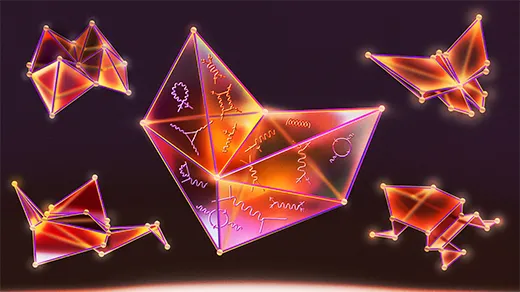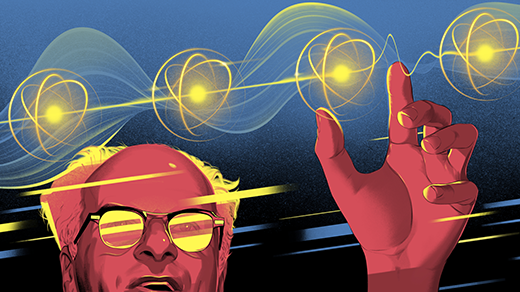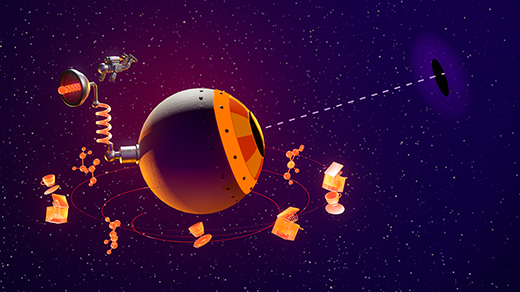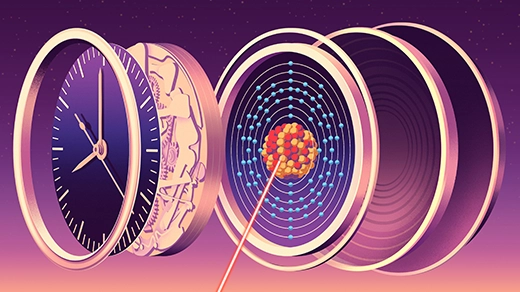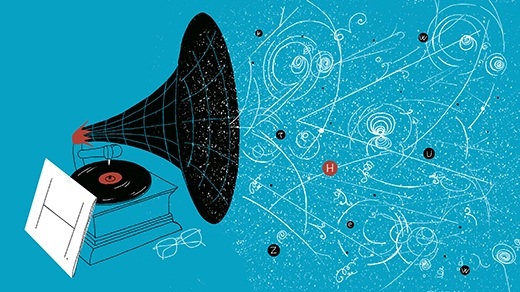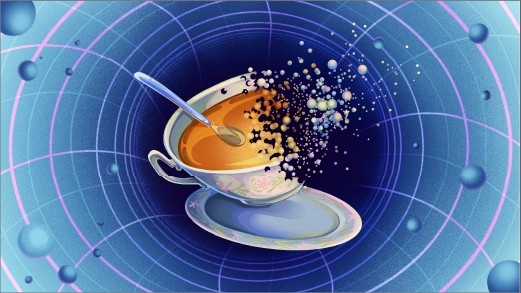What's up in
Particle physics
Latest Articles
Particle Physicists Detect ‘Magic’ at the Large Hadron Collider
The supercollider is now being used to explore quantum phenomena, including a “magic” form of quantum entanglement.
Origami Patterns Solve a Major Physics Riddle
The amplituhedron, a shape at the heart of particle physics, appears to be deeply connected to the mathematics of paper folding.
Matter vs. Force: Why There Are Exactly Two Types of Particles
Every elementary particle falls into one of two categories. Collectivist bosons account for the forces that move us while individualist fermions keep our atoms from collapsing.
How Hans Bethe Stumbled Upon Perfect Quantum Theories
Quantum calculations amount to sophisticated estimates. But in 1931, Hans Bethe intuited precisely how a chain of particles would behave — an insight that had far-reaching consequences.
The Physicist Decoding the Nonbinary Nature of the Subatomic World
Inside the proton, quarks and gluons shift and morph their properties in ways that physicists are still struggling to understand. Rithya Kunnawalkam Elayavalli brings to the problem a perspective unlike many of their peers.
The Year in Physics
Physicists discovered strange supersolids, constructed new kinds of superconductors, and continued to make the case that the cosmos is far weirder than anyone suspected.
The First Nuclear Clock Will Test if Fundamental Constants Change
An ultra-precise measurement of a transition in the hearts of thorium atoms gives physicists a tool to probe the forces that bind the universe.
How the Higgs Field (Actually) Gives Mass to Elementary Particles
In this article adapted from his new book, "Waves in an Impossible Sea," physicist Matt Strassler explains that the origin of mass in the universe has a lot to do with music.
Vacuum of Space to Decay Sooner Than Expected (but Still Not Soon)
One of the quantum fields that fills the universe is special because its default value seems poised to eventually change, changing everything.

